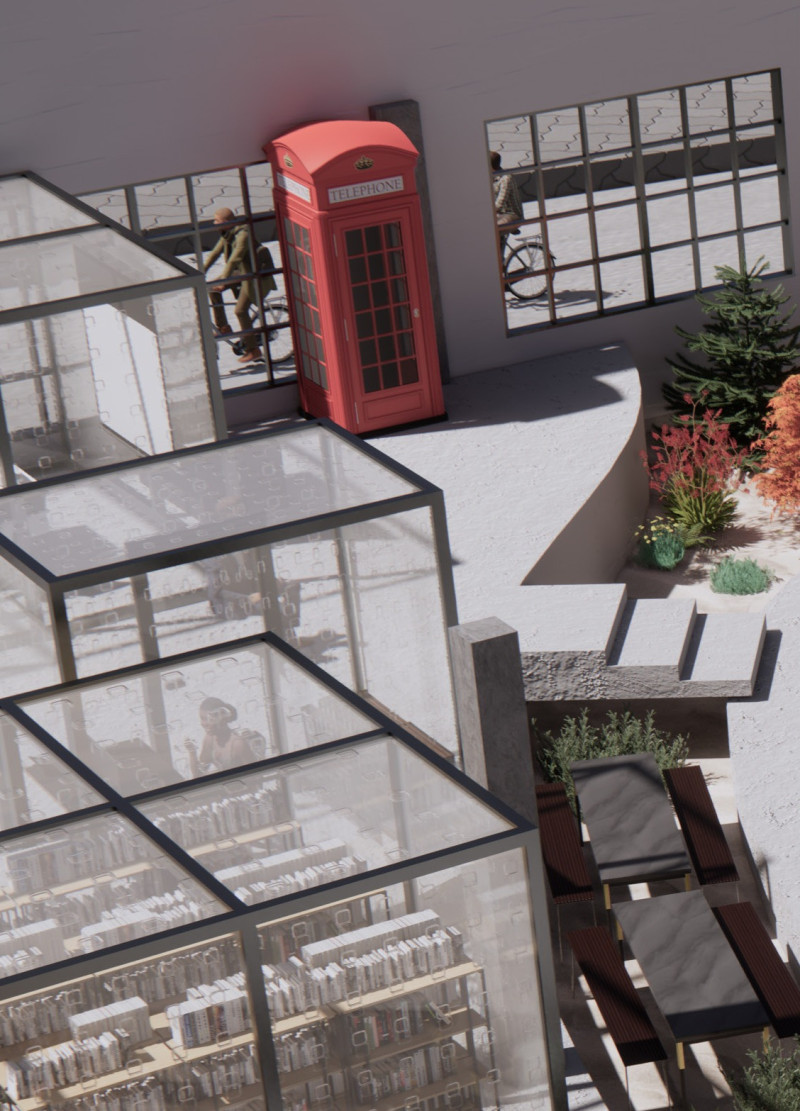5 key facts about this project
Office In Wonderland is an innovative approach to workplace design that responds to the changing needs of employees in light of the Coronavirus pandemic. This project envisions a model that combines physical and virtual workspaces, allowing for an improved collaboration environment. It seeks to eliminate the traditional separation between remote and in-office work, making communication more effective and fluid.
Workspace Integration
The design creates two linked environments: a virtual office for remote workers and a physical office for those present on-site. This setup ensures that individuals can interact easily, regardless of where they are. In the virtual space, employees use VR technology to enter a simulated office. Their movements and expressions are tracked and represented by avatars. This approach helps maintain a sense of connection among team members who are working apart.
Communication Dynamics
A key focus of this concept is enhancing communication between workers in different settings. In-person staff can engage with remote colleagues through projected avatars, allowing for direct conversation. This method encourages collaboration and makes interactions feel more personal. The design aims to support a lively dialogue, which can often become fragmented in traditional office setups.
Architectural Layout
The office layout includes various functional areas: a front entrance, reception desk, private offices, communication spots, a library, meeting rooms, open-planned workspaces, a cafeteria, restrooms, and relaxation zones. Each area is designed with purpose, ensuring that employees can work efficiently and comfortably. The consistent design across both environments reinforces the experience for users, promoting easy navigation between different activities.
Technological Integration
Advancements in augmented reality play a significant role in bridging the physical and virtual worlds. Real-time audio and visual communication are facilitated through this technology. Information from the physical office is captured continuously and shared with the virtual environment. This interaction allows avatars to represent dynamic events as they occur. The incorporation of technology emphasizes adaptability, catering to the diverse working styles and needs of users.
The arrangement promotes an active environment. Users can engage in focused tasks or collaborate with others, all within a framework that supports their work. The design prioritizes both individual performance and group interaction, offering a balanced solution for modern work demands.






















































